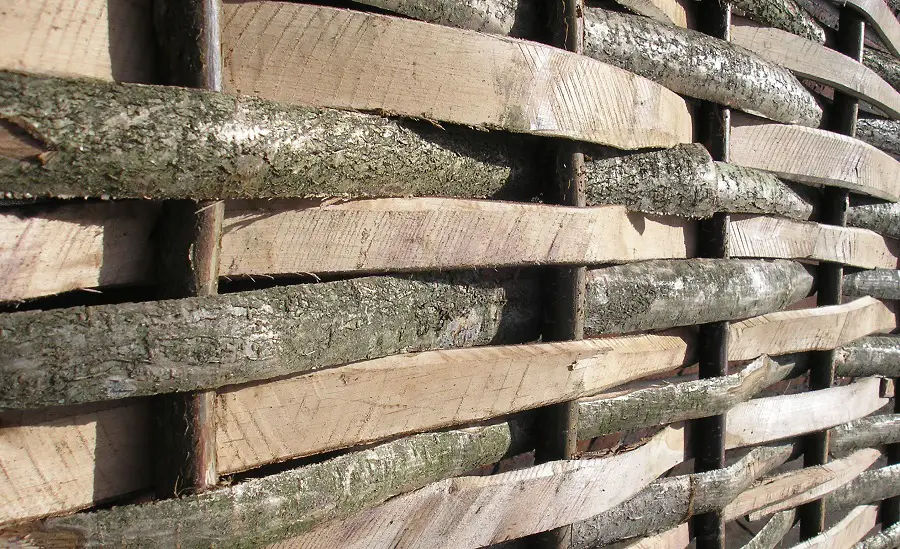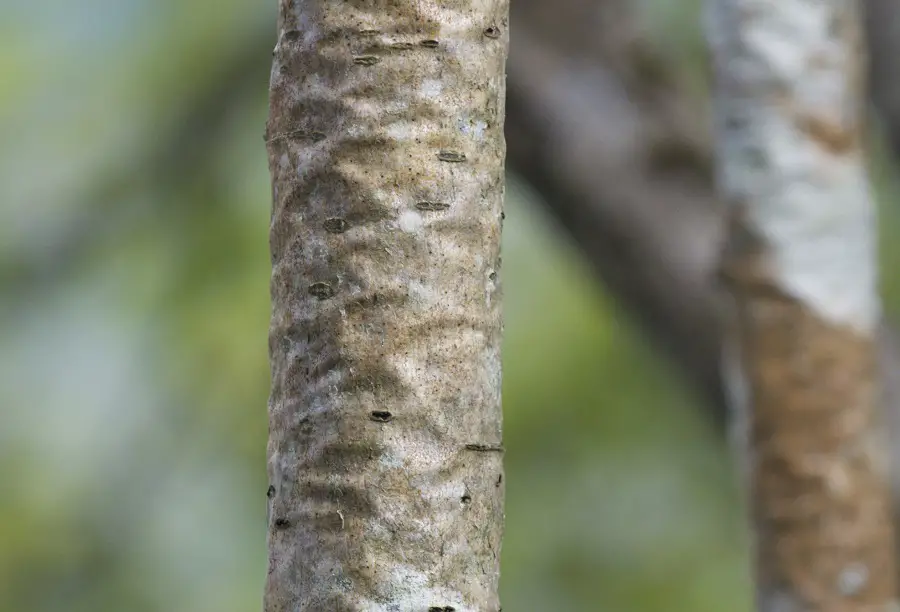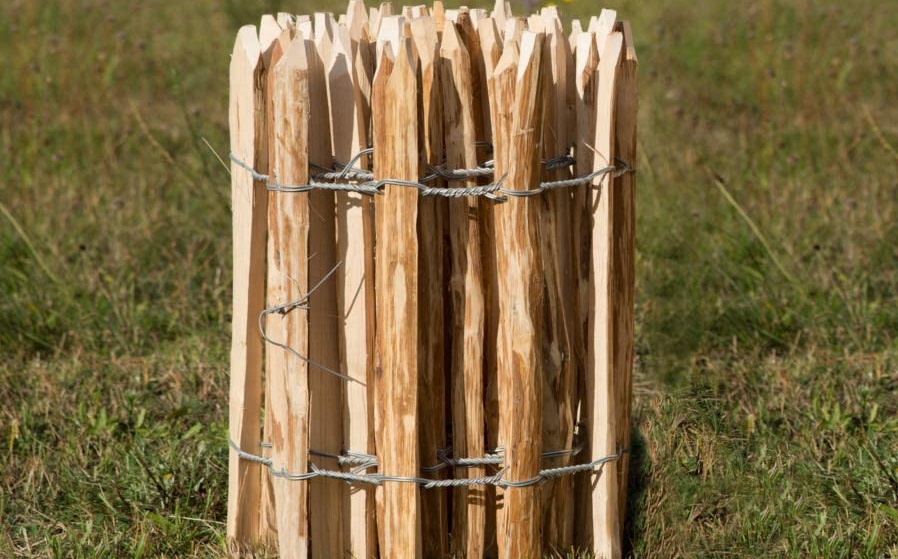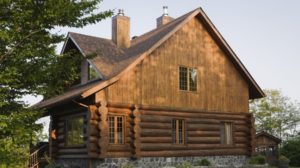I ended up reading about hazel because someone recently asked me how best to finish such a fence. Knowing that hazel is more of a shrub and that it rarely enough reaches diameters that allow wide planks to be cut, I started reading everything I could find about hazel, hazel wood and its uses. I've gathered all the information in the following.

Hazel - Corylus Avellana
Corylus Avellana, common hazel or European hazel, in English) is widespread throughout Europe, from Norway to Italy and from Spain to the Urals, except in Iceland and a few Mediterranean islands. It is prized primarily for its hazelnuts and is therefore grown all over the world. In Europe, large hazelnut crops are found in Spain, Italy and Turkey. The hazel prefers moderate climates with high temperatures during the growing season, but can withstand temperatures as low as -15°C. Turkey offers optimal growing conditions, with an average annual temperature of 13-16°C and moderate rainfall.
The hazel is usually a shrub that can reach 4-8 m in height, sometimes even more than 10 m. The stem is branched, and branching can start right at ground level. The bark is grey with large white patches, smooth and fine on the young shrub, but thick and wrinkled as it grows. The leaves are round and slightly elongated towards the tip, with a serrated edge and fine hairs on the back. The catkins-like flowers appear early in spring, before the leaves. The fruit is hard, roughly spherical, yellow-brown nut-shaped with a lighter-coloured area at the base.
The hazel grows in deciduous forests. The average lifespan is 80-100 years. It can propagate both by seeds and shoots. It sprouts quickly and spreads very quickly. especially after fires.

Characteristics of hazel wood
Hazel is reddish white and belongs to the category foioase. It's not a hard one though, as it's easy to carve. The thin stems are very elastic and easy to bend and even knot. It is a very good firewood, it burns fast and without sparks and gives off heat. It burns well even without being dried. It is strong on the outside and durable.
The hazel has a property that allows it to "make" straight and tall stems, very suitable for fences. As a shrub, it has several stems that grow from a common trunk. If some of the stems are cut off above the ground, shoots will emerge from the trunk and grow straighter, more vigorous and taller. The operation can be repeated and a hazel can live for hundreds of years.
Uses
The main use of the hazelnut is its fruit rich in oils and vitamins. But hazel wood can also be used in a variety of different areas. One where it is used because of its good outdoor resistance is manufacture of fences. These can be made of woven twigs, carved stakes driven into the ground and tied together with wire, or small planks tied together with wire. To increase outdoor resistance the stakes and planks should be treated with outdoor products. It is also used to obtain ploughshares for vines, hops or vegetable gardens.
Due to its high elasticity, hazel wood is used to make walking sticks, bows, fishing rods, basketball hoops or barrel rings, baskets and braided furniture. It is used to obtain small pieces of decoration or pto carve spoons or small objects.
In addition to use as firewoodby burning alum wood very good coal is obtained from which they make gunpowder and pencil leads.

Peanut and myths
The hazel is found in popular myths throughout Europe and is also mentioned in literary works. In Grimm's fairy tales, hazel branches are said to be the greatest protection against snakes and other creatures that live in the earth. The same belief is also found in Romanian folklore.
The Celts and Druids believed that hazelnuts were a source of wisdom, and the tree itself was sacred. The Celts also believed it to be a symbol of fertility. In Greek mythology hazel branches were woven into helmets and worn to protect warriors from harm. In Irish folk belief it is said that you can develop prophetic powers if you drink a special drink made from hazelnuts.
Alder has long been associated with water because it grows best on wet soil. Hazel sticks are still used in many countries to find springs or water sources.
I hope you find the information interesting. If you have any additions, questions or queries, please leave them in the space below. I will certainly reply.




























Add comment